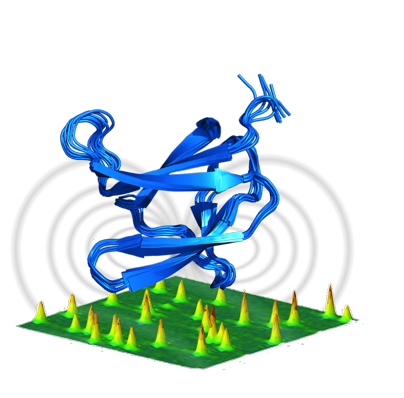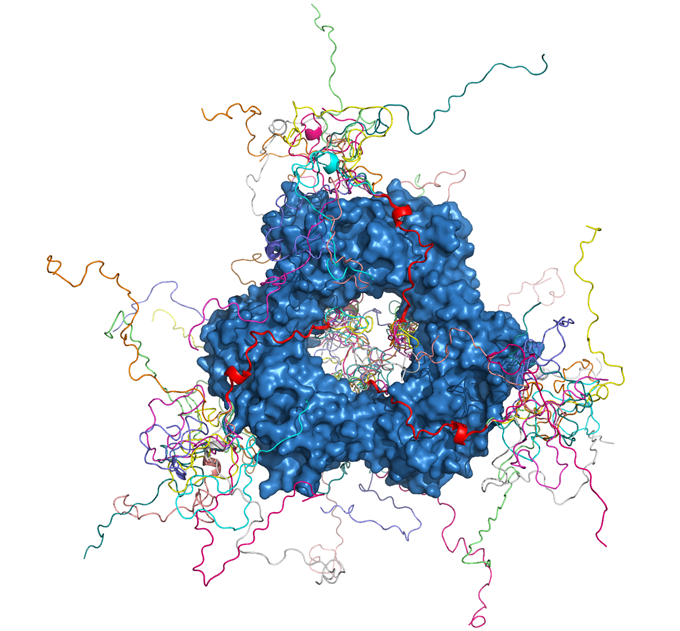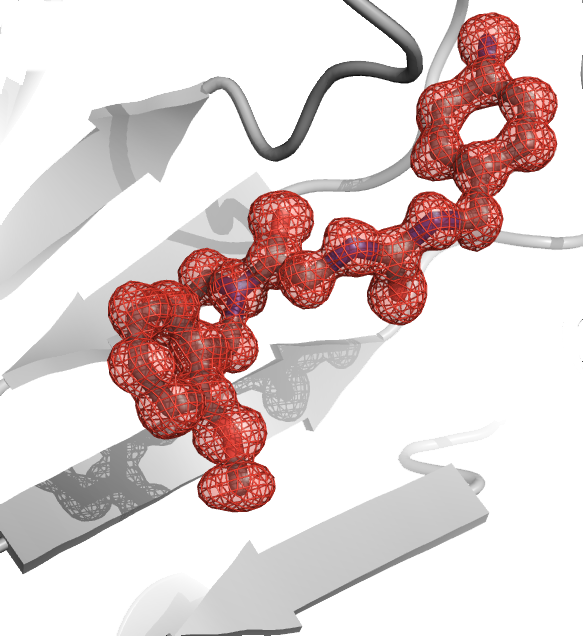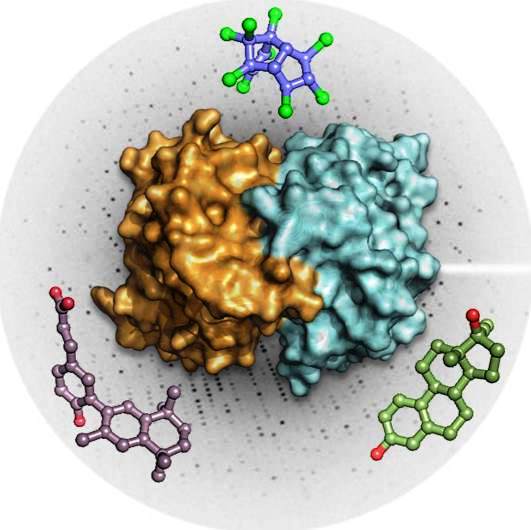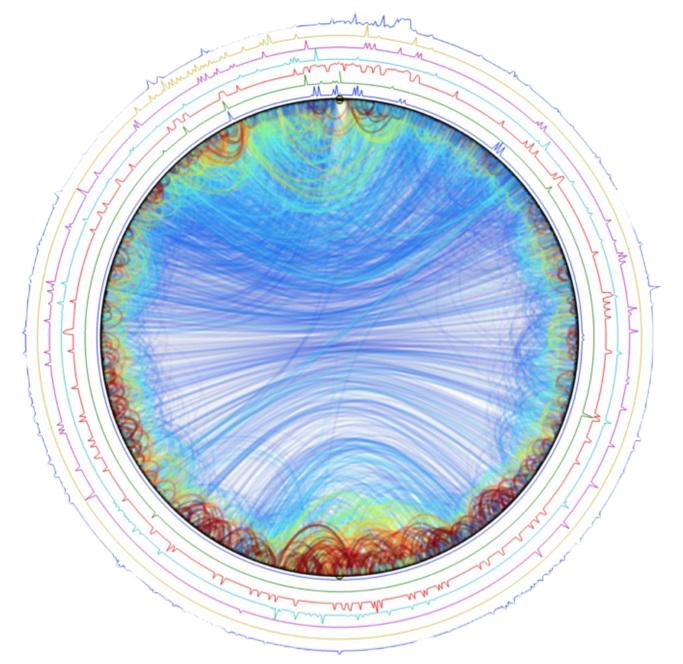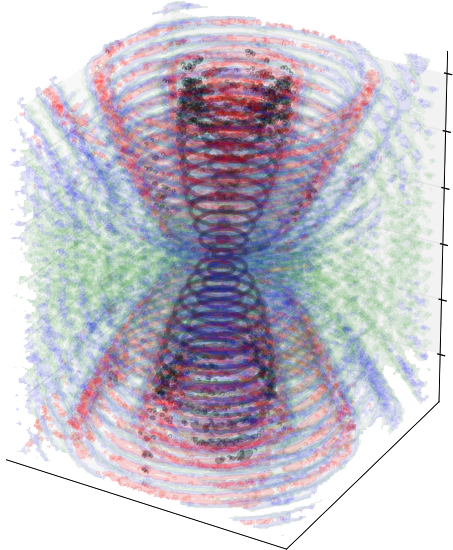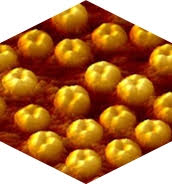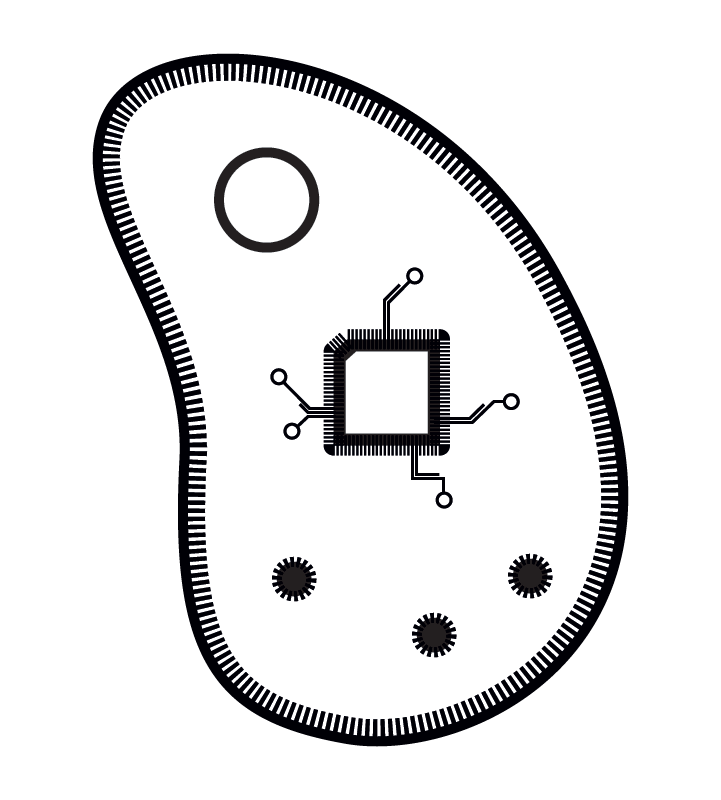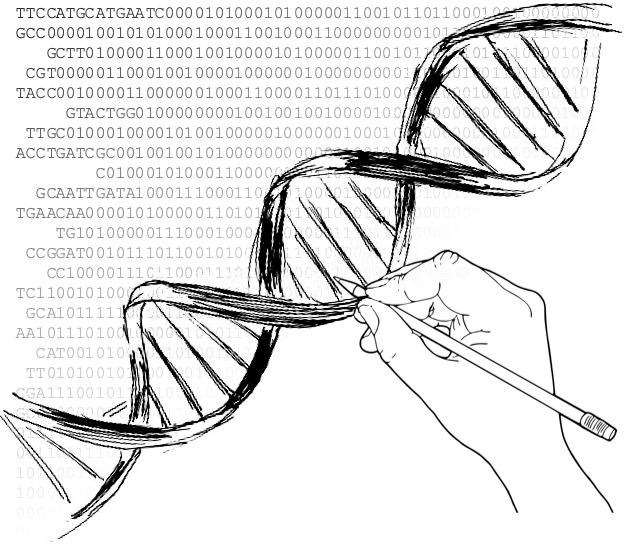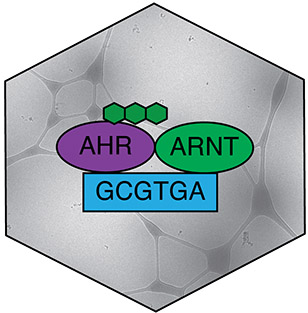W. Bourguet, V. Delfosse
Lipids, a group of more than 1000 subspecies, play critical roles in numerous cellular functions as precursors of a number of nuclear receptor ligands or as key components of cell membranes. Decrypting how cellular lipid homeostasis arises is essential to the understanding of many physio(patho)logical mechanisms.
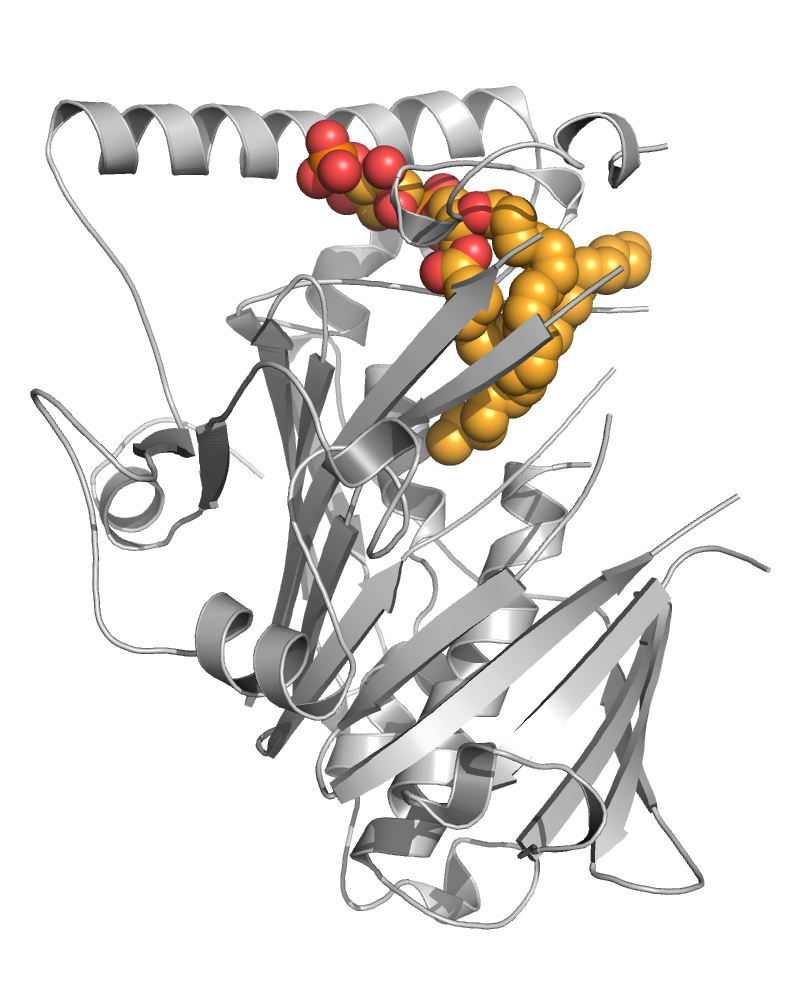
Crystal structure of Osh4p bound to PI(4)P.
The endoplasmic reticulum (ER) is the major place of lipid synthesis. Newly made lipids are then transported to other subcellular compartments (Golgi apparatus, plasma membrane (PM), nucleus, etc.) by dedicated carriers, including the Osh/ORP family of proteins. In close collaboration with the team of Guillaume Drin, we discovered that Osh4p and Osh6p transport sterol and phosphatidylserine, respectively, from the ER to their site of action by exchanging them with phosphatidylinositol-4-phosphate [PI(4) P]. As PI(4)P is prominent in the trans-Golgi and the PM but absent from the ER, we proposed a general mechanism by which Osh/ORP proteins use this unbalance to transport key lipids vectorially between organelles. Indeed, our structural and sequence analyzes suggest that all ORP/Osh proteins bind PI(4)P that can exchange with a second lipid, which is specific of each family member. Our current work aims at addressing key questions regarding the general scope of this mechanism and the nature of the lipids recognized by other Osh/ORP proteins.
Main Collaborators : G. Drin (IPMC Valbonne Sophia-Antipolis), A. Copic (IJM Paris)
References : de Saint-Jean et al., J. Cell Biol., 2011 ; Moser von Filseck et al., Science, 2015


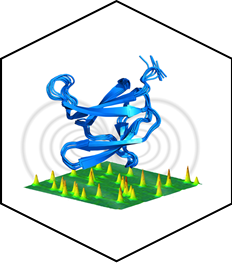
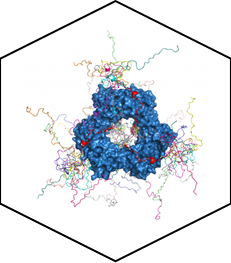
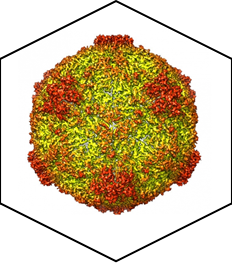
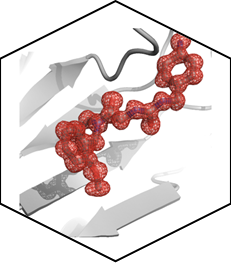
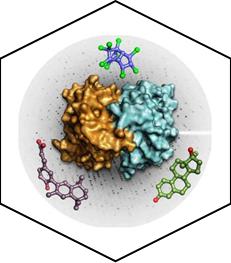
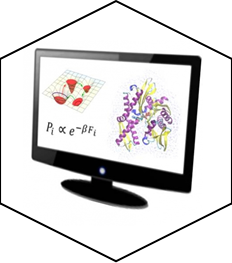
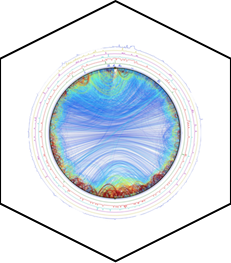
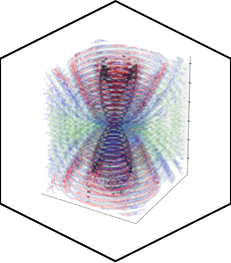
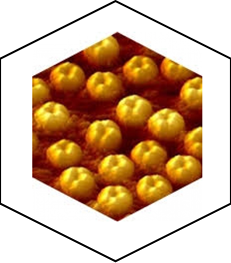
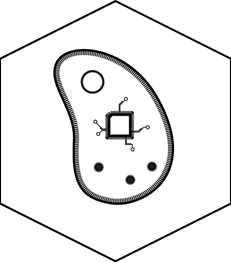
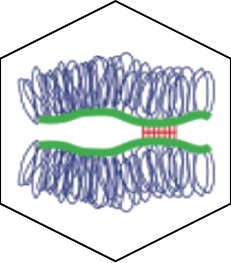
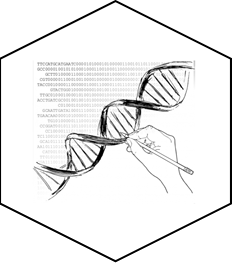
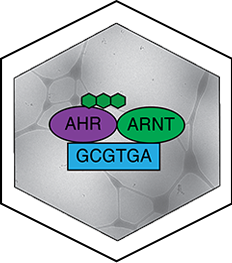







![Join the qbio Master's Program [Quantitative Biology: Molecular Mechanisms of Living Systems (parcours IDIL)] Q&A Session on Monday, February 10! Join the qbio Master's Program [Quantitative Biology: Molecular Mechanisms of Living Systems (parcours IDIL)] Q&A Session on Monday, February 10!](https://www.cbs.cnrs.fr/cache/mod_bt_contentslider/3e10f899c82679e1992f2a701c367d27-qbio_IDIL_quadri_16x10.png)




